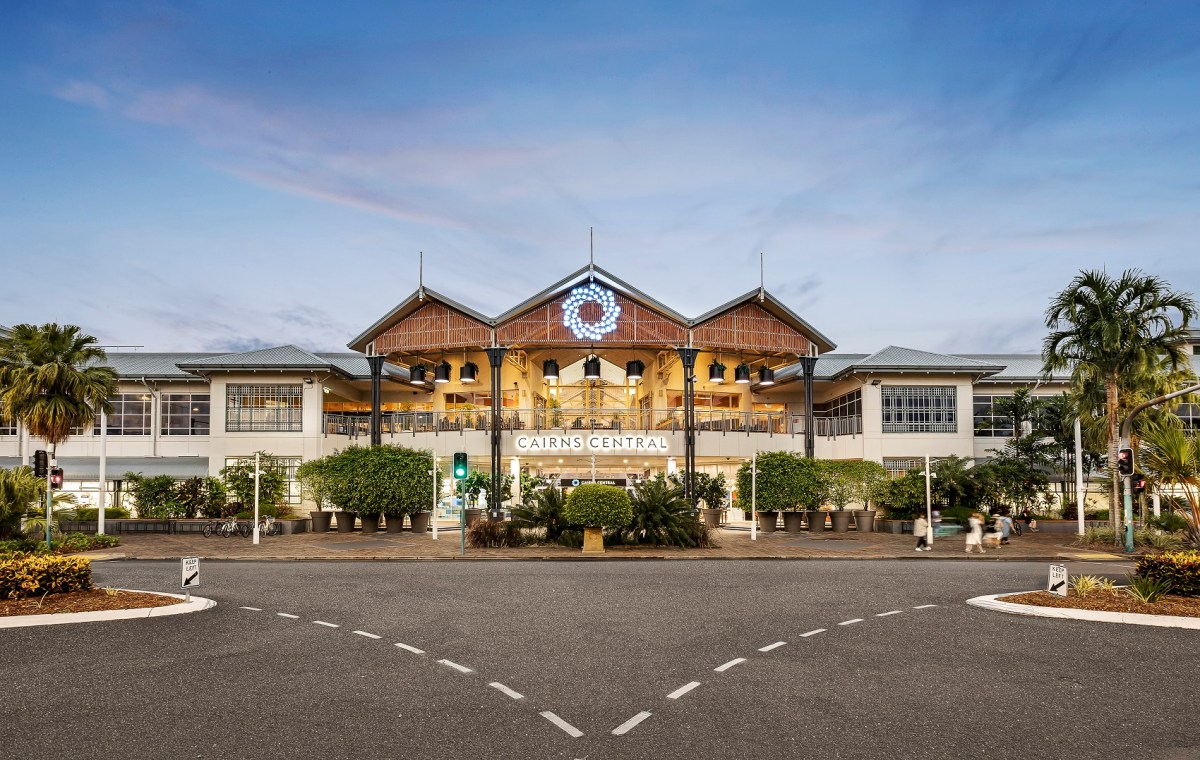Fund/syndicate and private investors seized counter-cyclical opportunities, collectively accounting for over three-quarters (77%) of all retail deals last year, according to Colliers Retail Investment Review 2023.
Despite a drop in traditionally dominant institutional capital, which accounted for an average of 51% of all transactions since 2020, but only 14% of deals over 2023, a surge in fund/syndicate (38%) and private investment (37%) ensured this commercial property sector proved most resilient.
As market fluctuations saw institutional capital adopt a more cautious approach, fund/syndicate and private investors adopted a high conviction strategy to pursue retail assets, which only witnessed a minor 4.3% drop in transactions over 2023, according to Colliers managing director of retail capital markets, Lachlan MacGillivray.
“Robust deal flow of $6.28 billion last year and heightened interest from fund/syndicate and private investors is due to strong asset performance and major undersupply of retail space, complemented by quality leases and strong tenant demand,” he said.
“On-the-ground insights from major retail investors indicates a looming groundswell of activity which could lead to quality asset demand outstripping supply of assets in 2024. This includes in excess of $1 billion in assets currently under due diligence, as counter-cyclical opportunities to acquire high-performing centres maintain relative value attraction.
“Positive sector fundamentals such as rental growth and incredibly high occupancy rates indicate retail has adapted well to challenges posed by the pandemic, positioning itself early for continued stable performance.”
Capacity of retail rents to keep pace with inflation was evident throughout 2023, showcasing positive leasing spreads and weighted average rent reviews up to and exceeding 5% across the sector. While consumer sales growth in the face of cost of living pressures is underpinning an average national occupancy rate of 98.9%.
Strong income achieved by regional centres, in particular, saw them earn the position of most traded retail asset subclass in 2023, as interest from funds/syndicate investors played a significant role in driving deal flow up from $280 million to $2.27 billion, according to Colliers research director, Nik Potter.
“Regional centres returned to the prominent trading position they previously occupied in 2021, and 11 super-regional centres achieved annual sales surpassing $1 billion in a historical first, as fund/syndicate investors snatched coveted assets in a sub-sector tightly held by institutional investors,” he said.
“The popularity of super and major regional centres will continue to grow, since population growth could incur an undersupply of 1.13 million square metres of floorspace (the equivalent of nine Westfield Bondi Junction centres) and consequent absorption of an additional $10.9 billion of retail sales by 2032.
“Sub-regional assets also fuelled funds/syndicate investor demand with an appealing spread to the risk-free rate and borrowing costs, underpinning strong sales activity as $1.3 billion transacted last year.
“While neighbourhood centres, historically the most frequently traded asset subclass, witnessed sales activity fall 26.6% below the decade average to $1.17 billion last year, enhanced appetite from private investors who were behind 66%, is testament to their position as an appealing investment option.”
On a concluding note, MacGillivray said, “As we enter 2024 there is renewed confidence that the market will swiftly adapt once we reach macroeconomic stability, drawing more attention from investors who may have overlooked this sector in the past, alongside the implementation of Stage Three tax cuts on 1 July.”

